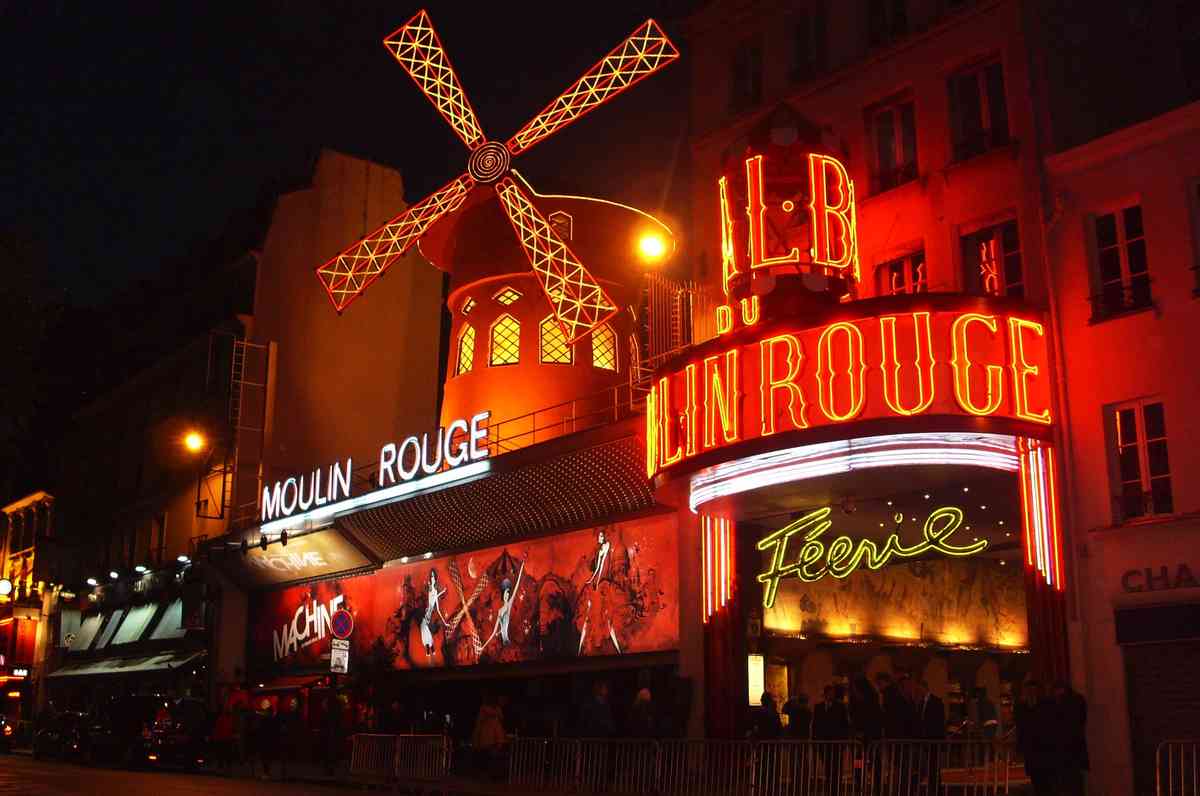France has always been synonymous with cinema. From the cobbled streets of Cannes to the grand theaters of Paris, the nation treats film not just as entertainment but as cultural expression. In 2025, that identity is shining brighter than ever. A wave of independent films is reshaping France’s festival circuit, and audiences are embracing bold stories that challenge convention, celebrate diverse voices, and push the boundaries of what cinema can be. These festivals are not just about screening films; they are about defining what kind of stories matter in an era where streaming algorithms often drown out artistry.
The French festival season has grown beyond its most famous brand name in Cannes. While the red carpet still draws global celebrities and high fashion, it is the indie showcases that are generating conversations long after the lights go down. Smaller festivals in Lyon, Nantes, Marseille, and even rural regions are emerging as platforms where unknown directors capture standing ovations and small films are picked up for distribution across Europe and beyond. The audience is changing too. Younger generations, raised with endless choice on streaming platforms, are flocking to live screenings in search of authenticity and discovery. They come not only to watch but to participate in conversations with filmmakers, panels with critics, and networking events that blur the line between audience and creator.
The indie wave is striking because of the themes it embraces. French cinema has never shied away from politics or social commentary, but this year the stories are sharper and more personal. Films about climate anxiety, migration, gender identity, and digital alienation dominate festival lineups. Directors are bringing lived experiences into the frame, crafting narratives that feel urgent and unpolished in the best possible way. Audiences leave with more than entertainment. They leave with conversations that spill into cafes, classrooms, and social media feeds. These films are teaching tools, empathy engines, and cultural artifacts all at once.
Streaming platforms might appear to be competition, yet in France they are acting as accelerators. A number of breakout indie titles premiering in small French towns are being snapped up by global distributors who now see the festival circuit as a scouting ground. In some cases, platforms are partnering directly with festivals, sponsoring awards for emerging filmmakers and offering guaranteed distribution deals. The result is a hybrid ecosystem where filmmakers can experiment without commercial compromise but still dream of reaching millions of viewers beyond festival walls.
The economics of this scene are fascinating. Independent films are notoriously difficult to finance, but French public policy continues to nurture creativity. Government grants, cultural funds, and partnerships with local councils provide lifelines for projects that would struggle elsewhere. Film schools and community workshops are producing new waves of directors from backgrounds often underrepresented in mainstream cinema. Diversity is no longer a talking point; it is visible on the screen and behind the camera. That inclusivity is helping French indie cinema resonate globally, with audiences seeing reflections of their own lives in subtitled French works.
One striking trend is the rise of hybrid storytelling that blends documentary realism with scripted fiction. Filmmakers are drawing from lived testimony, archival footage, and unscripted performance to create films that blur the boundary between fact and fiction. These works challenge viewers to consider not only what is real, but how art shapes reality. A film about a refugee journey, for example, may weave staged scenes with interviews and found footage, creating a layered experience that feels emotionally raw and intellectually demanding. Festival audiences have shown an appetite for this experimentation, and critics argue that French cinema is again leading global conversations about the nature of storytelling.
International collaborations are also defining the season. French directors are co creating with peers from Africa, Asia, and Latin America, bringing a mosaic of perspectives to the screen. A film co produced between Marseille and Dakar premiered to thunderous applause, telling a story that straddled continents yet felt universal in its portrayal of friendship and resilience. These partnerships prove that independent cinema is not confined by geography but thrives when cultures intersect. The French festival circuit, with its infrastructure and reputation, is becoming a hub where global creative energy converges.
Audiences are not passive in this process. French festivals are increasingly interactive, allowing viewers to vote on awards, join debates, and influence distribution decisions. In one case, a film that failed to win over juries won a major streaming deal after overwhelming support from festivalgoers who rallied online. This democratization of cinema reflects a broader cultural shift. People no longer want to be passive consumers. They want to feel like participants in shaping the stories that define their generation.
The cultural ripple effects of this movement are significant. Schools and universities are incorporating festival films into their curricula, sparking debates on social issues. Nonprofits are partnering with filmmakers to use cinema as a catalyst for community dialogue. Even local governments are recognizing the soft power of hosting a festival, investing in infrastructure and marketing to attract both tourists and talent. The result is an ecosystem where art fuels not only culture but also economic activity. Restaurants, hotels, and transportation networks all benefit from the influx of cinephiles eager to experience a weekend of films and conversations.
There are challenges, of course. Indie films often struggle to secure theatrical runs beyond festivals. Critics worry that once the festival buzz fades, many remarkable works will vanish into obscurity. Filmmakers face financial precarity, balancing passion projects with commercial work. Yet the resilience of the community is evident. Crowdfunding, co ops, and grassroots marketing campaigns are filling gaps, and audiences appear willing to pay for experiences that feel meaningful and communal.
The heart of the story is that French cinema is thriving not only in glitzy auditoriums but also in modest theaters where audiences gather to celebrate bold vision and fearless storytelling. The festival circuit is proof that even in an age of endless on demand content, people crave the collective ritual of cinema. They crave stories that surprise, challenge, and connect them to something larger than themselves.
As the 2025 festival season unfolds, France is reminding the world of its unique place in film culture. This is not nostalgia for a bygone golden age. It is a vibrant, evolving landscape where independent voices are shaping the future of cinema. For audiences, the reward is clear. They do not just leave with ticket stubs. They leave with new perspectives, conversations that continue long after the credits roll, and the sense that art can still change how we see the world.
Featured Image Source: VanderWolf-Images / iStock









